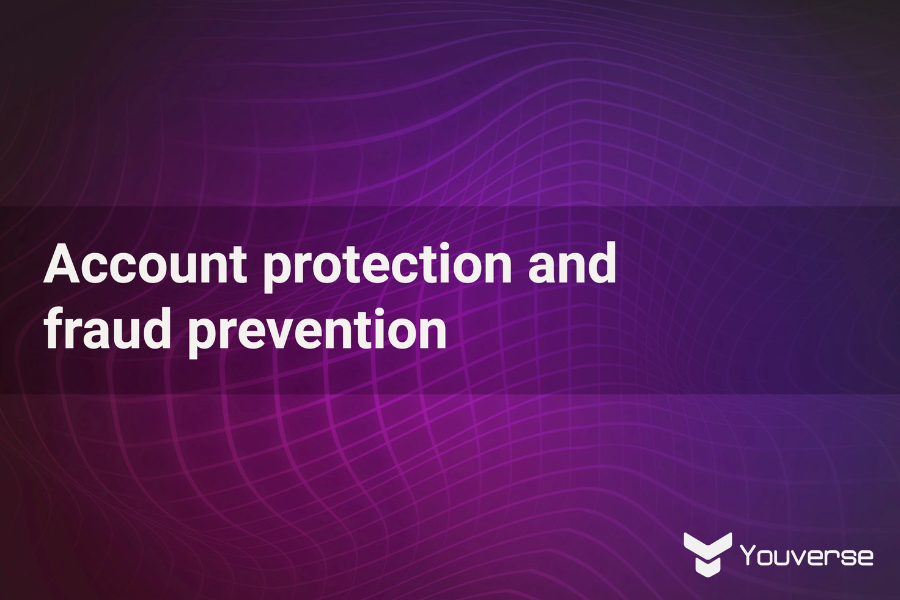Is this real life? Unveiling the threat of deepfakes to your business Written on

The rapid advancement of artificial intelligence has ushered in a new era of digital deception. Deepfakes, hyperrealistic synthetic media generated by AI, pose a significant threat to the integrity of online identity verification systems. Remember that time a deepfake targeted the CEO of a major ad company? Scary, right? That's the power of deepfakes. These AI-generated fakes can look and sound super real. But what does this mean for your business?
Simple: it's a major threat to how you verify your customers' identities online. If a computer can make someone say or do anything, how can you trust that the person on the other side of the screen is really who they say they are? This could lead to fraud, identity theft, and other serious security risks.
That's why it's crucial to understand the risks and take steps to protect your business. In the following sections, we'll explore the challenges posed by deepfakes and how the most advanced identity verification solutions help safeguard your online operations.

The deepfake threat
Today, deepfakes have become a powerful tool for cybercriminals, disinformation agents, and social engineers. By manipulating visual and audio content, deepfakes can be used to spread misinformation, deceive individuals, and compromise security systems.
Deepfake technology relies on advanced AI algorithms to generate highly realistic synthetic media. By analyzing vast amounts of data, these algorithms can learn to mimic human behavior, including facial expressions, voice patterns, and body language. This ability to create convincing deepfakes poses a significant threat to online security and trust.
It has become increasingly difficult to distinguish between genuine and synthetic content. This makes it challenging for individuals and organizations to verify the authenticity of information and identify potential threats. For your business, this translates to a major security concern. As deepfake technology advances, the risks to remote identity verification are escalating. It is imperative to adopt robust countermeasures to mitigate these threats.
Can you tell if this video is real or a deepfake?
Watch the video above. Is it legit or fake? Can you tell for sure?
One of the most concerning aspects of deepfakes is the human capacity (or lack thereof) to detect them. Research suggests we're not as reliable as we might think when it comes to identifying manipulated video content.
Studies indicate a bias towards "false rejections." In simpler terms, we're more likely to dismiss genuine content as fake than mistakenly accept deepfakes as real. The line between reality and AI-generated content is blurring.
This inherent difficulty in detecting deepfakes highlights the importance of multi-layered security measures and advanced AI techniques to combat this evolving threat.
That's why it's difficult to definitively state whether the video above is authentic or a deepfake. To be sure, it would be necessary to use specific deepfake detection tools that analyze details like image quality, facial movements, and other indicators.
Deepfake technology is constantly evolving, making it increasingly difficult to distinguish between real and fake. What was detectable a few years ago may not be so today.
Combating deepfakes with Youverse
If you watched the video until the end, you realized it wasn't real. But you can’t be sure unless you’re told so. Now, imagine hundreds or even thousands of "customers" like that, slipping through your identity verification system every day. It's a scary thought, isn't it?
It's time to take a stand against deepfakes. To learn more about leveraging our recent technology and solving your identity fraud problem for good, book a demo with our team of experts.






